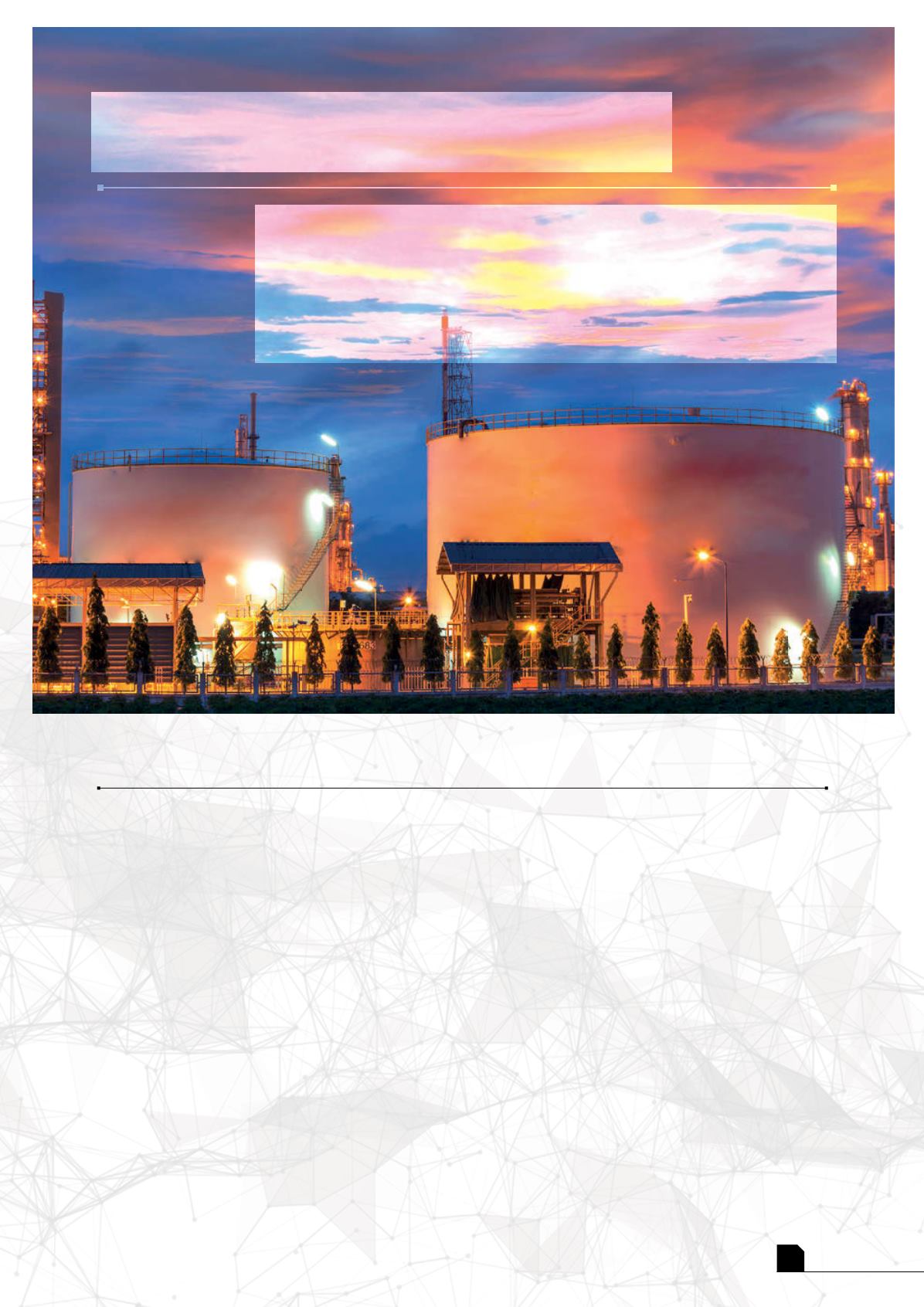
June
2016
59
HYDROCARBON
ENGINEERING
A
t this year’s World Economic Forum in Davos, there
was much talk and debate about what is being
labelled the ‘fourth industrial revolution’. Indeed, the
official theme of the event, which as usual was
attended by the world’s most prominent politicians, thinkers
and business leaders, focused on how this digital upheaval
might be mastered to best serve the interests of global society.
Professor Klaus Schwab, Founder and Executive Chairman
of the World Economic Forum, and one of the foremost
theorists on the ‘fourth industrial revolution’, noted that the
revolution is characterised by a range of new technologies that
fuse the physical, digital and biological worlds, creating an
impact upon all disciplines, economies and industries.
The technological revolution now unfolding is going to
have huge implications for, and a profound influence on, the
oil and gas sector in the years to come. Already, there is a
glimpse of its transformative potential as more pieces of
equipment and growing numbers of machines, rigs and
terminals are hooked up to digital networks, driving efficiency
improvements for companies working in the extractive
industries, allowing for better management of upstream and
downstream assets.
The future is digital
The industrial internet is arguably the future, and GE Oil & Gas is
one of the companies leading the charge towards it. It has
created, and is continuing to invest in, a range of digital
solutions built around the industrial internet to empower
operators to make better, quicker decisions aimed at outcomes
such as increased uptime, cost efficiency, productivity and
operational flexibility.
Considering that the industrial internet has the potential to
help the average mid-size (5 million tpy) LNG facility save
US$11 million/d by eliminating unplanned downtime, the
consequences of disregarding its emergence and failing to
comprehend the new opportunities it opens up become clear.
One agreement struck by GE Oil & Gas with PT Donggi
Senoro LNG (DSLNG) last year provides a unique insight into
the technological innovations that have been spawned by the
industrial internet, and how they are unlocking real value for
companies active in the sector.
DSLNG is a collaboration among a number of
well renowned Asian companies – PT Pertamina (Persero),
PT Medco Energi International Tbk, Mitsubishi Corporation and
the Korea Gas Corporation, which together operate a major
TERMINALS OF THE
Diego Comina, GE Oil & Gas, Italy,
explains why a milestone LNG terminal project
in Indonesia signifies the dawn of a new digital era for the oil and gas industry.
FUTURE


